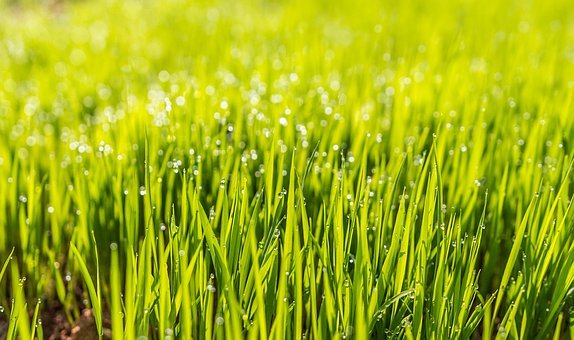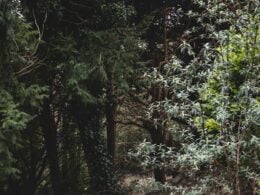If you’re a homeowner you probably spend a lot of time trying to make your grass look nice. Sometimes it might feel like a constant battle that you just can’t win. Even though you spend hours trying to make your lawn look nice, you just can’t get it green and lush. Well, it might not have anything to do with your diligence but your timing instead. Timing is a big factor when it comes to a perfect lawn. Getting your timing down can significantly improve the quality of your lawn. Here are the 4 best things you can do for a green lawn.
Aerate Your Lawn in the Fall
Aerating is often overlooked when it comes to lawn health, but it’s very important. Without aeration all the watering you do could be wasted. Lawns become compacted over time so the soil is hard and difficult to penetrate. Water cannot soak into a compacted lawn. Aeration takes out soil plugs which allows your lawn to breathe. The lawn will expand to fill in the holes that have been created which loosens up the packed down dirt. Then when you water your lawn the water will be able to sink all the way down to the roots of the grass. The Fall is the best time for aeration because that’s usually when kids don’t play on the grass as much.
Time Your Fertilizers and Weed Killers
The best defense against weeds is actually a healthy lawn. Weeds have no room to grow or germinate if your lawn is thick. A thick lawn will also prevent weeds from getting adequate sunlight. You need to catch weeds early before they develop a strong root system. Don’t wait until weeds become a problem for you to fix it. The longer you wait to fix a weed problem the more likely it is that they’ll seed and start to reproduce. This will become a bigger and bigger problem the longer you wait. The best time to kill weeds is in the early Spring just as they’re developing. Fertilize your grass in the Spring to give your lawn a strong root system for the Summer before the heat sets in. You can also choose to fertilize your lawn in the Fall to help it be prepared for Winter.
Image Source: Pixabay
Soak For a Long Time
Deep soaking is far better for your lawn than giving it frequent light sprinkles. Grass needs about 1-2 inches of water a week. If your lawn is brown or has brown spots, even though you water it frequently you might not be watering it deep enough. Light watering doesn’t let the water soak in deep enough to get to the roots of your lawn. You can check how much water your lawn is getting by putting a pan on it when your sprinklers are on. Then put a ruler in the pan to see how many inches it was. This will also help you know if you’re overwatering your lawn.
Mowing Matters
Make sure that your lawn mower has a sharp blade. A dull lawn mower blade will not make clean cuts and will actually damage the grass. Dull blades make the ends of the grass frayed instead of having an even cut. When grass is frayed it tends to turn yellow and needs more water to recover. Adjusting the blade height for the first cutting of the season will also improve the health of your grass. Cut your grass very short for the first cutting so that it will remove dead grass from the Winter and allow the sun to reach the roots of the grass more easily.
Summing Up
When it comes to having a green lawn, it doesn’t always depend on how much work you put into it. You could be putting in several hours of work a week and still not see any results. Make sure you catch weeds early, that you soak and aerate your lawn, and that you mow your grass with care. If you’re looking for a green lawn, doing these things will help get you there.
Image Source: Pixabay










